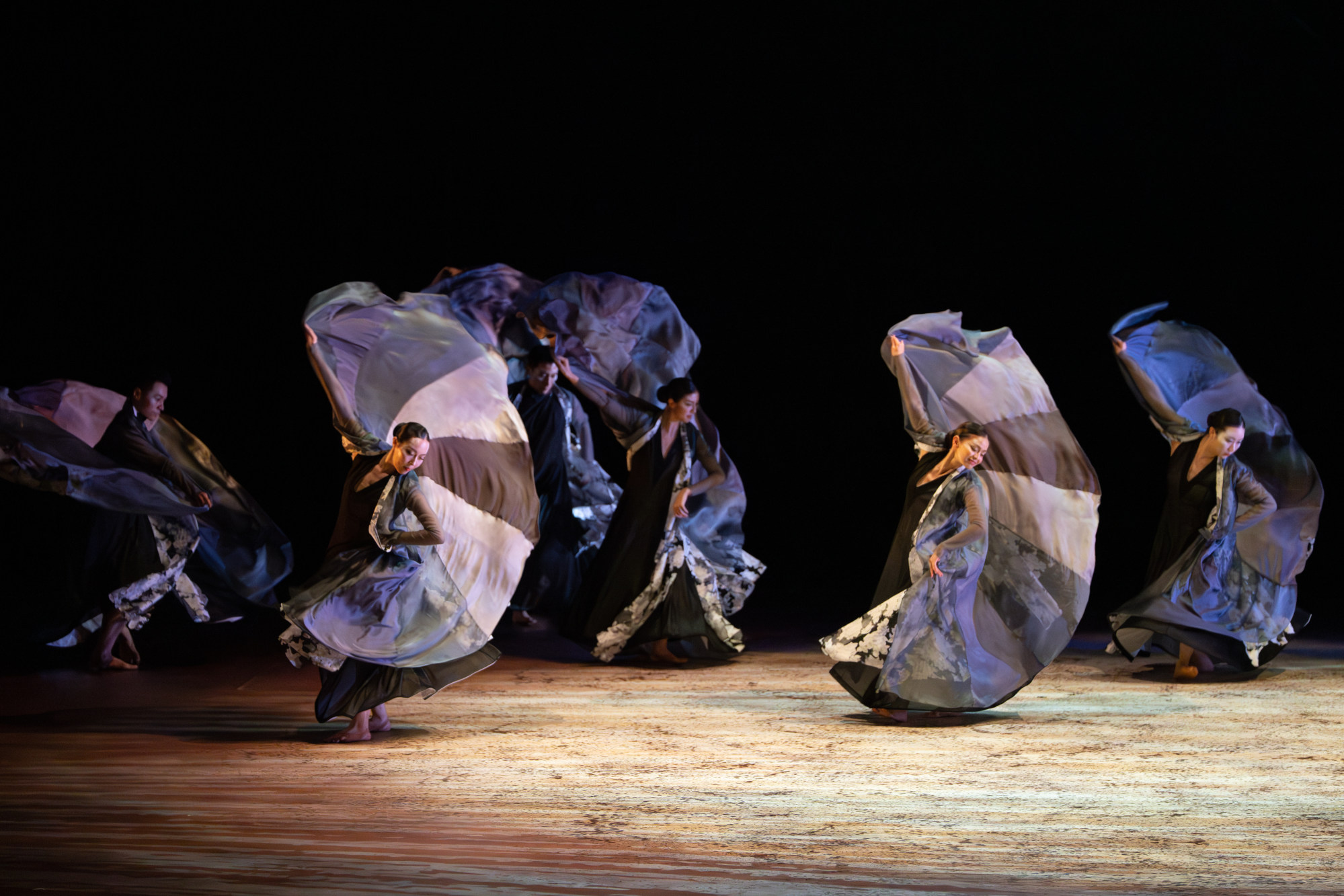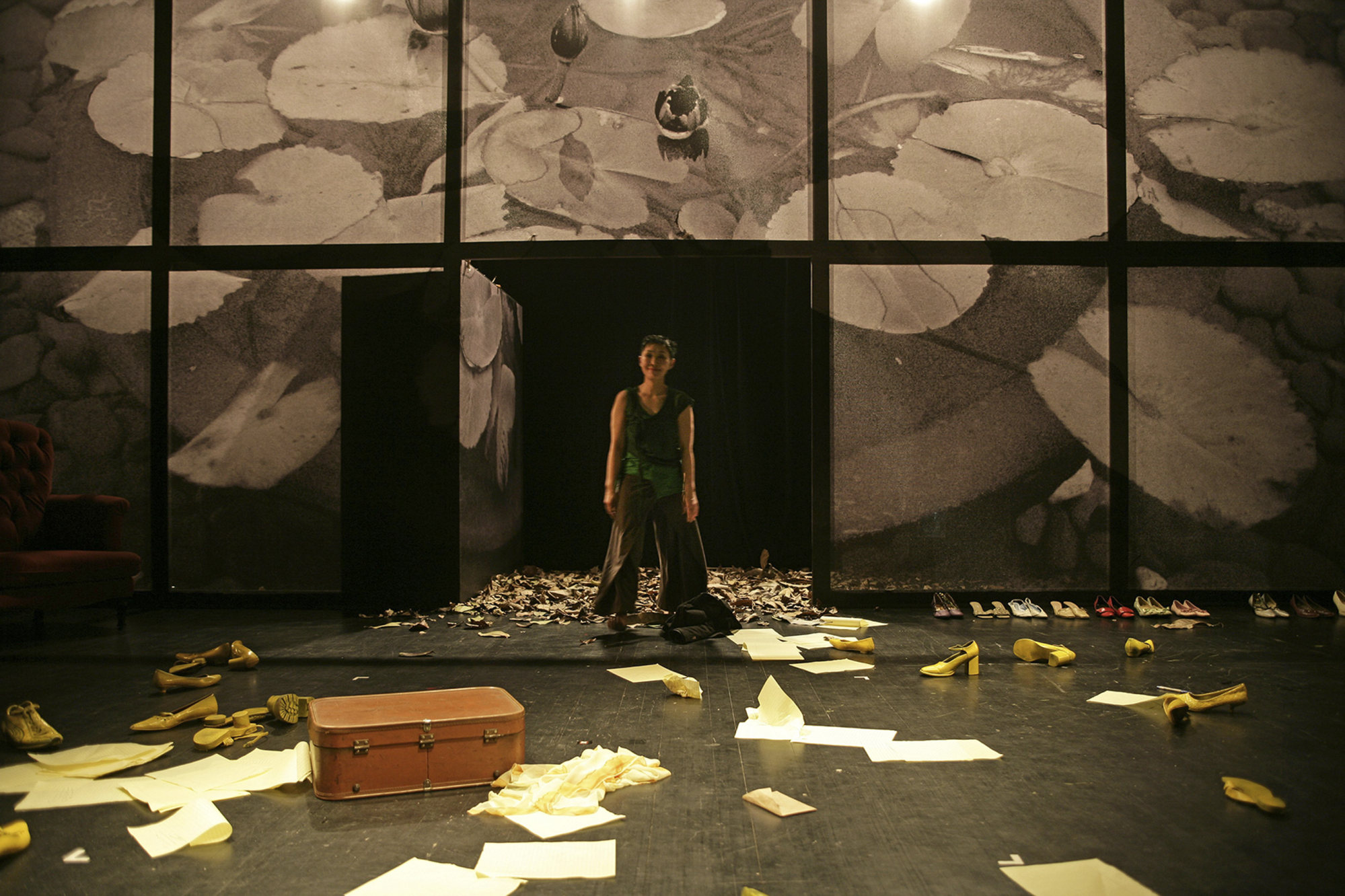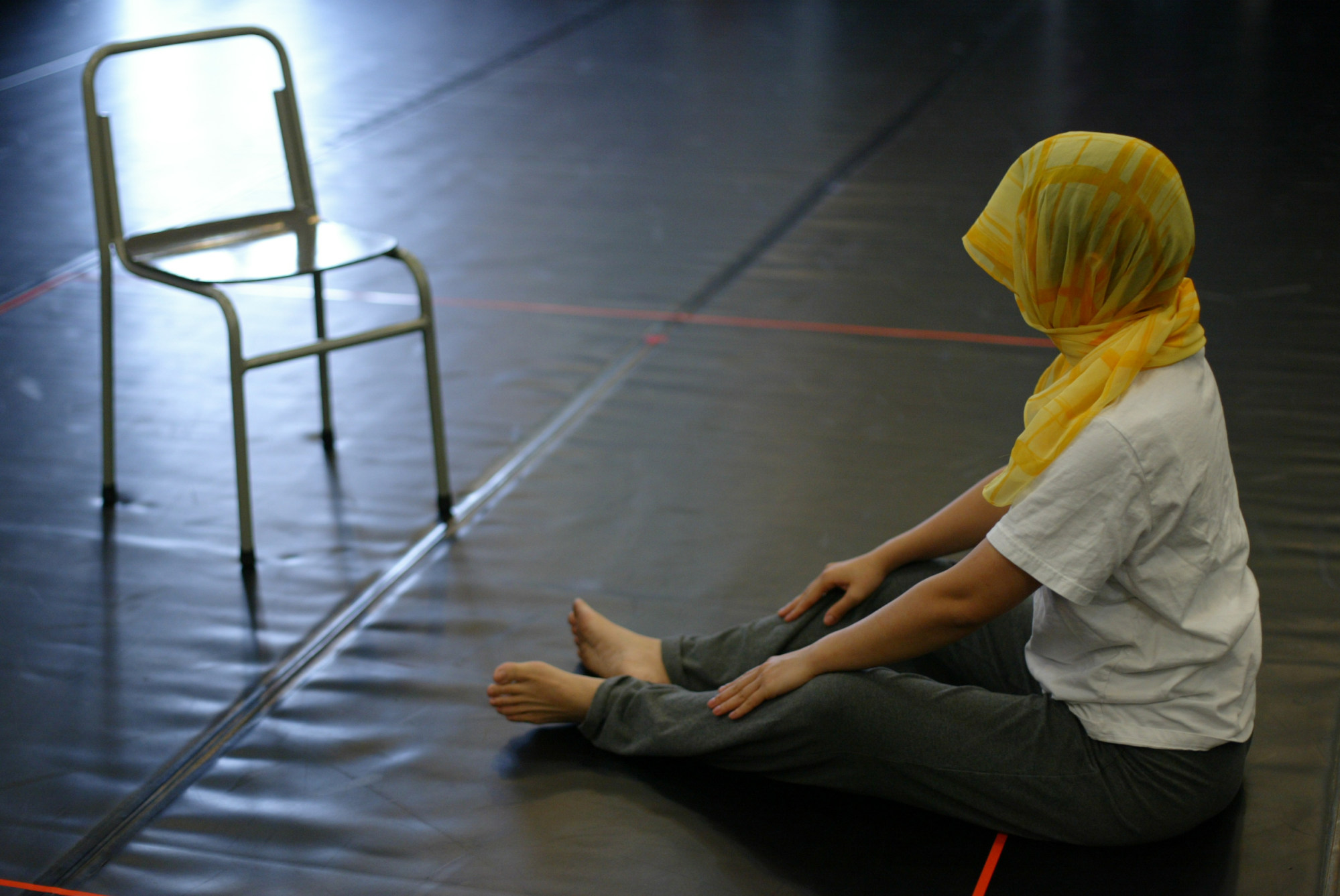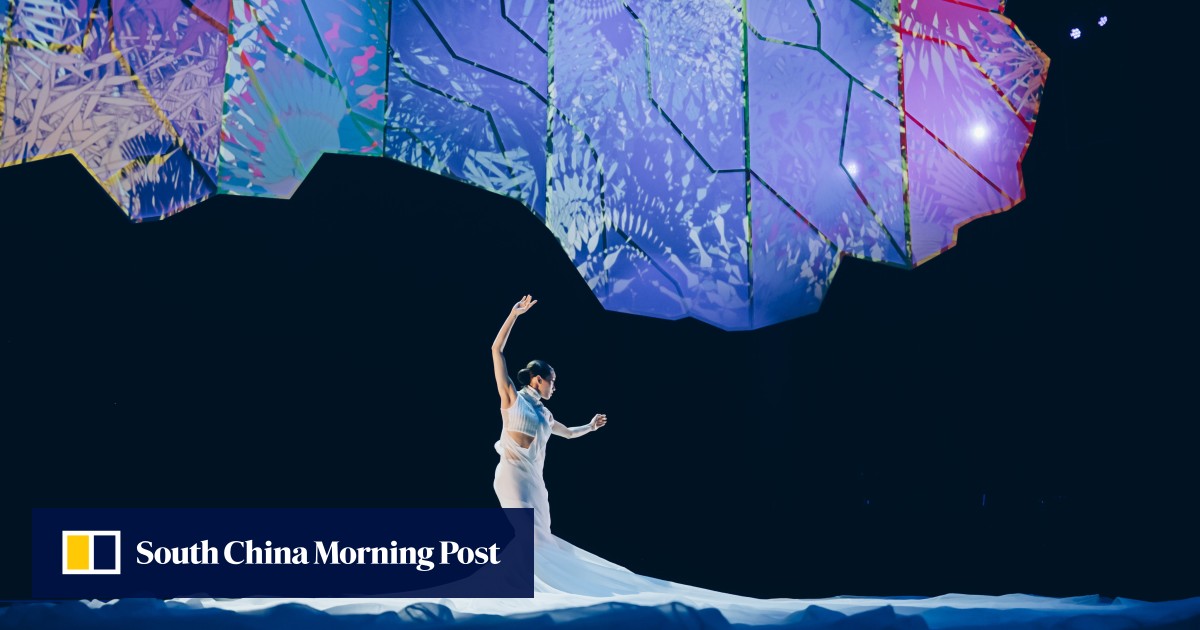Xie is not the first artist in 21st-century Hong Kong to have been inspired by this ancient wisdom.
Theatre director and actor Olivia Yan Wing-pui also incorporated the solar terms in her one-woman show You Yuan (“Garden Tour”) – 18 years ago.
‘I wanted to create’: Hong Kong Ballet choreographer Ricky Hu on his calling
‘I wanted to create’: Hong Kong Ballet choreographer Ricky Hu on his calling
More solitary and personal in theme and tone, Yan’s 2005 piece highlighted eight solar terms to abstractly and conceptually depict the idea of femininity. The overall work was inspired by the 16th-century Chinese operatic classic The Peony Pavilion.
Yan transformed the stage into a garden where she portrayed phases of womanhood through the cycle of the seasons, starting with a flower bud waiting to blossom. Springtime, the director explains, represents “anticipation and beauty”.
A Dance of Celestial Rhythms, on the other hand, uses traditional Chinese folk dance – with elements from China’s Shandong province and Mongolia to Korea’s Joseon period – to recall the ancient relationship between humans and nature.
“I have a personal affinity with folk dance and its form, tension and rhythm – it’s a very grounded cultural interpretation rooted in the earth and shown in body movements. These nuances were used extensively in the production, which I really enjoyed,” Xie says.
“The ancient Chinese were an agrarian society who had a vastly different way of life and gave us this concept of ‘heaven, earth and man’, being one with nature. We’ve left that behind for a very long time now, but why don’t we revisit that kind of worship, attention and conversation we used to have with nature?”
A Dance of Celestial Rhythms relies on a harmonious collaboration for a “well-rounded experience of the senses”, which extends beyond the visual of dance to create a “slow and gradual transition” through solar terms with elements such as “wind, rain and air”, Xie says.

She adds that with a composer and a costume designer from South Korea and a digital image designer from Taiwan, the team was able to garner different East Asian perspectives.
“We were all relating solar terms to life in our own ways and had different ideas of how to depict the concepts of life and nature on stage. There were many layers to the collaboration.”
Nine of the 24 solar terms were extracted to be interpreted with choreography, with the rest portrayed through lighting, sound, scent and video.

A Dance of Celestial Rhythms begins and ends with winter scenes performed by solitary women dancers.
“The end echoed the beginning to represent the cycle of life – even though it may seem dull and barren, the seed of life is hidden beneath the snow, waiting to burst out. At the end, a scented piece of long, grey mesh fabric was brought into the audience to represent wind.”
Xie explains how solar terms are not just about agriculture or certain festivals, but how we view time and the rhythms of our lives.
“We were trying to translate our lives onto the stage, which then comes back into our lives – it’s another circle.”

Akin to A Dance of Celestial Rhythms, You Yuan follows the natural progression of a year’s seasons.
It concluded with a nod to the 1928 painting The Lovers by René Magritte, whose mother committed suicide by drowning when the painter was 14. Similarly, Yan wrapped a silk scarf around her face and performed darkly feminine body movements, driven by fear, lust and frustrated desires.


Yan admits it was vague.
“It was very conceptual, and not everyone ‘got’ it. But I think as a creative worker, you sometimes have to push those boundaries through exploration.”

